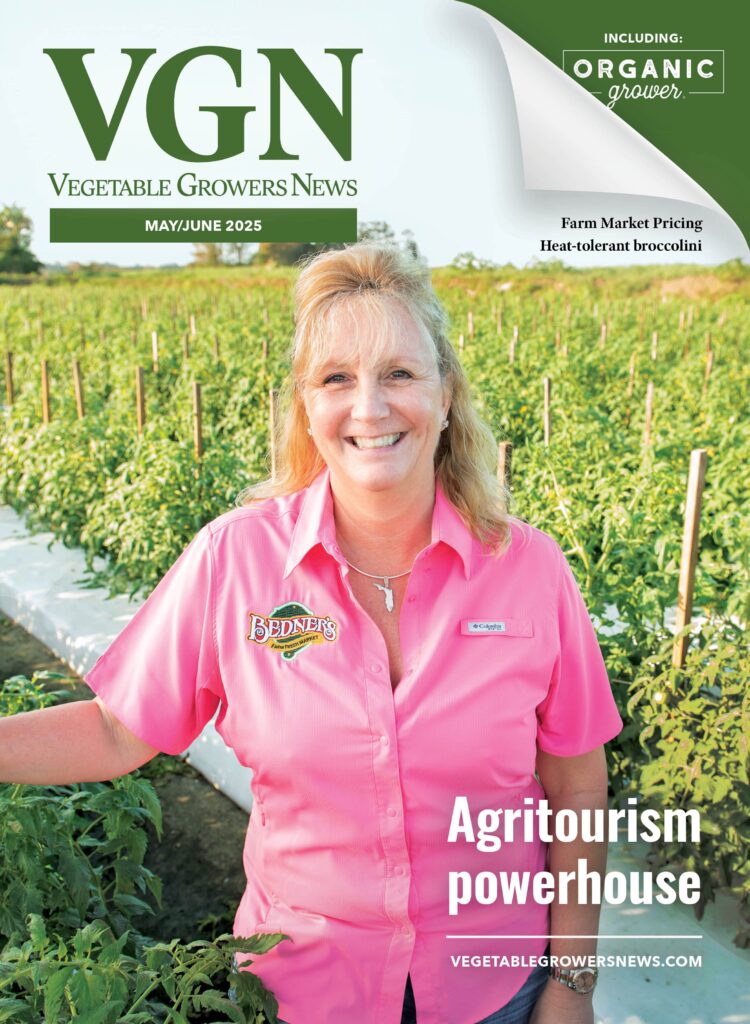Feb 23, 2017California growers monitor storms’ impact
Strong storms during the Presidents’ Day holiday weekend flooded farm fields, caused several dairy farms to relocate their animals and brought other impacts on California farms and ranches. The storms also added more water to an already overtaxed system, and led to renewed calls to modernize the system.
“In the long term, the surge of storms should bring an improved water outlook,” California Farm Bureau Federation President Paul Wenger said, “but it has definitely brought worries to farmers and ranchers whose land is inundated or whose crops may be at risk. We remain hopeful that weather in coming days will minimize any problems.”
Wenger noted that many reservoirs have filled and have had to release water, which underlines the need to enhance California’s water storage capacity.
“Believe it or not, there are people who think we don’t need more water storage, and that we should even tear down many of the facilities we now have,” he said. “These activists don’t care how many people suffer from devastating floods in winters like this. They don’t care how many people suffer from water shortages during droughts.”
Wenger said California must move as quickly as possible to allocate money from the 2014 water bond, Proposition 1, to create more storage both aboveground and underground.
“Environmentalists say we can solve water problems by conserving more water and storing more underground. But we’re not able to conserve most of the water flowing through the system now – we have had to let it go. And moving water into the ground takes time. You can’t replenish groundwater if you don’t have aboveground reservoirs and canals to hold and move water to where it can effectively filter underground,” Wenger said.
Farm Bureau said farmers of a number of crops and commodities will be assessing the impact from the weekend storms, including:
• Berries—The rains delayed strawberry harvest along the Central and Southern California coast. Production may be temporarily reduced as farmers wait for waterlogged fields to dry and discard rain-damaged berries.
• Field crops—Fall-planted grain crops that have germinated could take on too much water, which could ultimately reduce yields. Hay fields have also flooded. Soggy or flooded fields will delay planting for a number of crops.
• Grapes—Vineyards in various grape-growing regions have been flooded. Farmers say that could leave vines vulnerable to root-rot damage if they remain flooded for too long.
• Vegetables—Rains and muddy fields slowed vegetable harvest in Southern California and delayed planting in the Salinas Valley. Rain generally benefited vegetable crops in the Imperial Valley.
• Miscellaneous—Heavy rains in foothill regions have washed out privately maintained roads, making it hard for cattle ranchers to reach their animals, and muddy pastures limit ranchers’ ability to reach herds on horseback. Pear orchards in Lake County have been flooded. Citrus fruit harvest was temporarily delayed. The storms brought large amounts of rain to Santa Barbara County farmers who have remained in severe drought. One farmer there reported losing about half an acre of avocado trees to a mudslide.
















